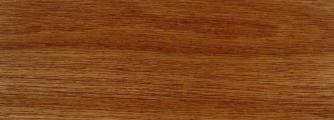 MANNI
MANNI

Other Common Names: Barillo (Guatemala, Honduras), Cerillo (Costa Rica, Panama), Machare (Colombia), Mani, Paraman (Venezuela), Mataki (Surinam), Manni (Guyana), Anany (Brazil), Brea-caspi (Peru).
Distribution: West Indies, Central America, and northern South America, also occurs in tropical West Africa. The trees are most abundant and reach their best development in swamp and marsh areas.
The Tree: Frequently 100 ft in height with trunk diameters of 20 to 30 in.; exceptional specimens are 135 ft tall with diameters over 40 in. Stems develop stiltroots with numerous elbow buttresses.
General Characteristics: Heartwood yellowish- , grayish- , or greenish brown or striped in these shades; distinct from the whitish sapwood. Luster somewhat medium variable; texture coarse; grain straight to irregular; without distinctive odor or taste; has a mealy appearance because of the abundant soft parenchyma tissue. Silica reported to range up to 0.21%.
Weight: Basic specific gravity (ovendry weight/green volume) 0.58; air-dry density 44 pcf.
Janka side hardness for green material 940 lb, 1,120 lb at 12% moisture content. Forest Products Laboratory toughness average for green and dry material is 157 in.-lb. (5/8-in. specimen).
Drying and Shrinkage: Generally reported to air season rapidly but with moderate warping and checking. Kiln schedule T3-C2 is suggested for 4/4 stock and T3-C1 for 8/4. Shrinkage from green to ovendry: radial 5.7%; tangential 9.7%; volumetric 15.6%.
Working Properties: Very easy to work with both hand and machine tools, but surfaces tend to roughen in planing and shaping.
Durability: Heartwood is durable in ground contact; only moderately resistant to dry-wood and subterranean termites.
Uses: Railroad crossties, general construction, cooperage, furniture components, flooring, utility plywood, suggested as an oak substitute. The bark contains a yellowish resin that medicinal, used to caulk boats, and as a substitute for shoemakers pitch.






